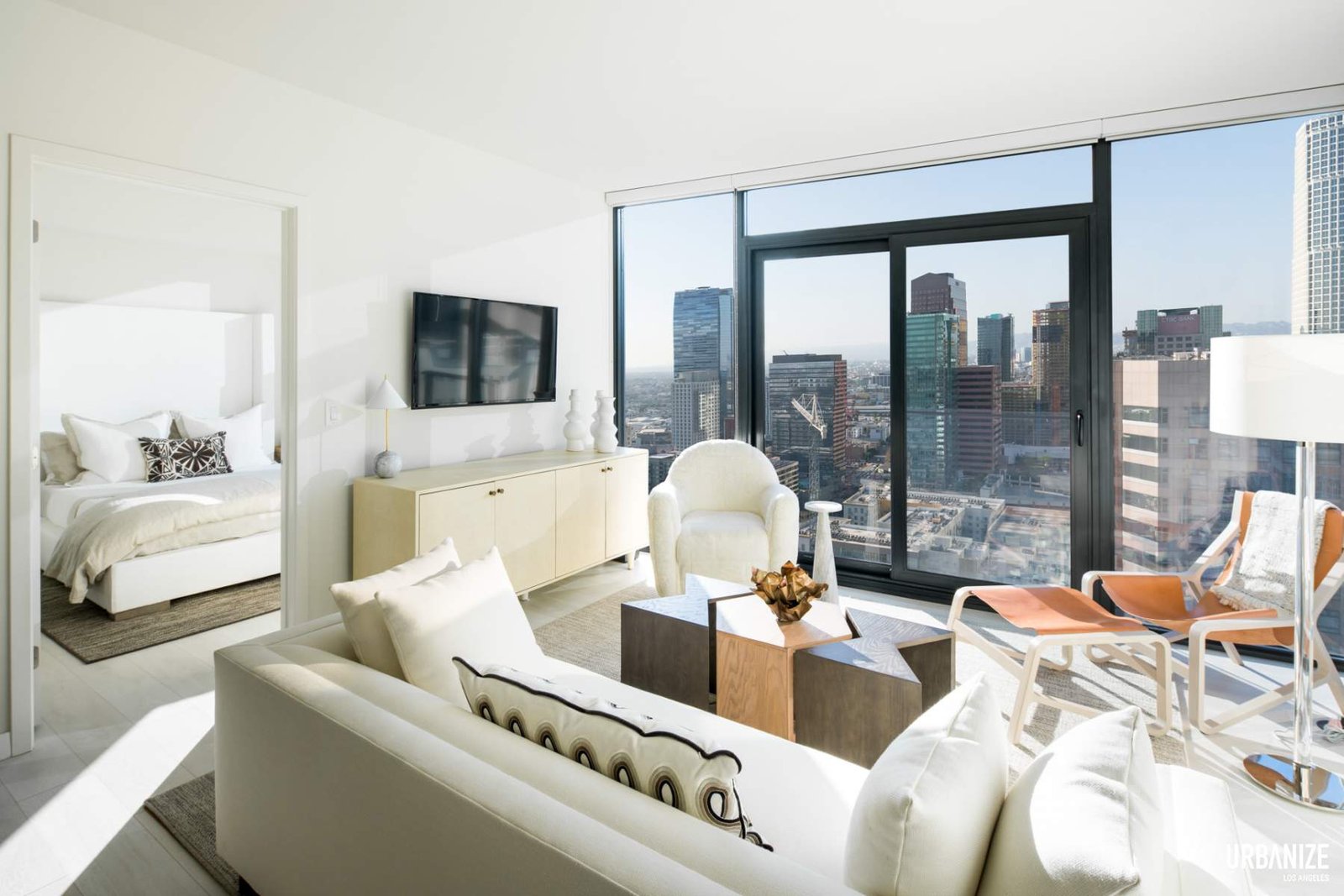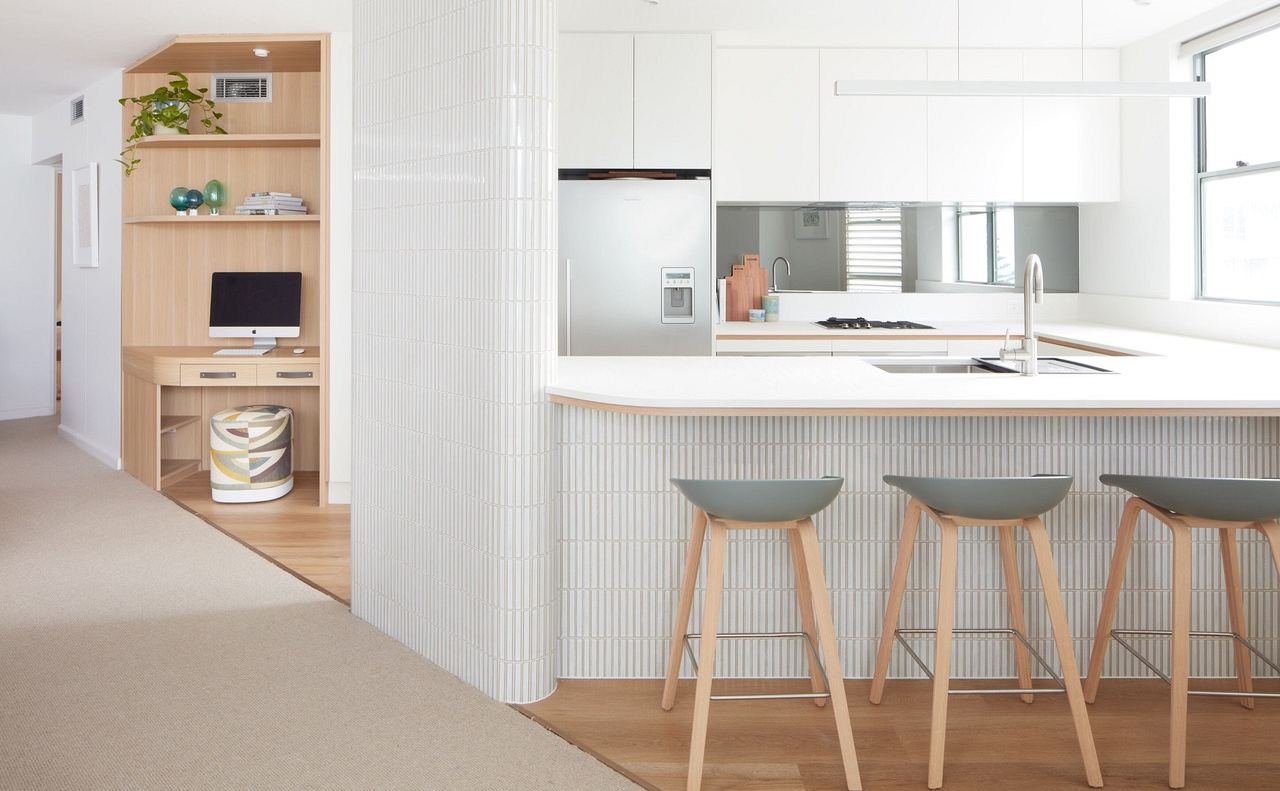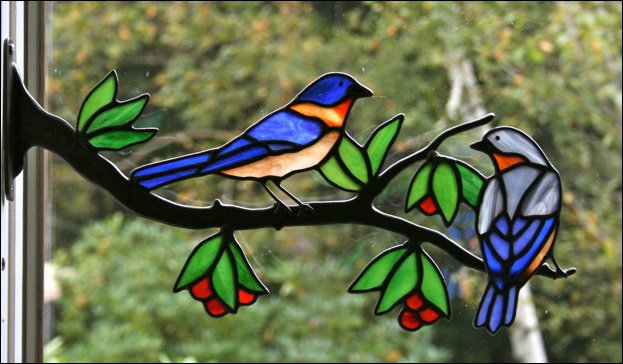Apartment Living: A Comprehensive Guide to Finding, Renting, and Enjoying Your Space
Understanding Apartments
What is an Apartment?
An apartment is a self-contained living space within a larger building, typically offering a variety of shared amenities. Apartments are often leased or rented and can range in size from small studios to expansive luxury units. Unlike houses, apartments are typically part of a multi-unit structure, which allows for shared walls and communal spaces like hallways, elevators, and parking.
Popularity of Apartments
Apartments have become one of the most popular housing options, particularly in urban areas. Their convenient location near transportation, work, and entertainment makes them a desirable choice for young professionals, families, and retirees alike. In densely populated cities, apartments offer a practical and affordable way to live close to amenities while avoiding the high costs of detached homes.
2. Types of Apartments
Studio Apartments
Studio apartments are compact, single-room spaces that typically include a combined living, sleeping, and cooking area. These apartments are ideal for individuals or couples looking for an affordable and efficient living arrangement. The main advantage of a studio apartment is its simplicity and lower rent cost.
One-Bedroom, Two-Bedroom, and Larger Apartments
Apartments come in various sizes to cater to different needs:
- One-Bedroom Apartments: Perfect for individuals or couples who want more privacy and space.
- Two-Bedroom Apartments: Ideal for small families, roommates, or those who need a home office.
- Larger Apartments: These can be three or more bedrooms, suitable for larger families or individuals who prioritize extra space.
Luxury Apartments
Luxury apartments feature high-end finishes, modern designs, and top-notch amenities such as gyms, rooftop lounges, and concierge services. These units tend to be in prime locations and cater to those willing to pay a premium for a higher standard of living.
Shared Apartments and Room Rentals
In some cases, individuals choose to share an apartment with others to split the rent. Room rentals are a cost-effective solution for students or young professionals looking for affordable living in city centers.
3. Choosing the Right Apartment
Factors to Consider
When choosing the right apartment, it’s important to consider:
- Budget: Rent is typically one of the largest monthly expenses, so setting a budget is key. Make sure the rent is manageable based on your income, and factor in other expenses like utilities.
- Location: Look for apartments in safe, convenient neighborhoods with good access to public transport, schools, shopping, and entertainment.
- Amenities: Check if the building offers amenities like parking, laundry, gyms, and security features.
Apartment Features to Prioritize
Some important features to consider when renting an apartment include:
- Size and Layout: Make sure the space meets your needs for living, storage, and work.
- Natural Light and Ventilation: Apartments with plenty of windows can make your space feel more open and inviting.
- Storage Space: Ensure there are enough closets or cabinets to keep your belongings organized.
Apartment Search Tips
When searching for an apartment, it’s best to:
- Browse online listings and check rental websites regularly.
- Visit apartments in person to see the space and ask questions about the building’s condition.
- Work with a real estate agent to find hidden gems in the rental market.
4. The Apartment Leasing Process
Steps to Renting an Apartment
Once you’ve found an apartment you like, you’ll need to apply. The process typically includes:
- Application Form: Provide personal and financial details to the landlord or property manager.
- Background Check: Expect a credit and reference check to verify your rental history and financial responsibility.
- Deposit: Most landlords will ask for a security deposit as a precaution for damages or unpaid rent.
Lease Agreements
A lease is a legal document that outlines the terms and conditions of renting an apartment. Make sure you understand the:
- Duration of the lease: Standard leases are one year, but shorter or longer terms may be available.
- Renewal Process: Know whether you can extend your lease at the end of the term.
- Rent and Fees: Be aware of monthly rent, late fees, and any additional charges (e.g., for parking or utilities).
Security Deposits and Rent Payments
Security deposits are generally refundable, provided the apartment is in good condition when you move out. Rent is typically paid monthly, and some landlords may require automatic payments or a postdated check.
5. Apartment Living: Pros and Cons
Advantages of Apartment Living
- Convenience: Apartments are often close to public transport, shopping centers, and work.
- Amenities: Many apartment buildings offer features like gyms, pools, and common areas.
- Maintenance Support: Landlords are generally responsible for repairs and maintenance, relieving you from worrying about issues like plumbing or appliance breakdowns.
Disadvantages of Apartment Living
- Limited Space: Apartments tend to have less space compared to houses, which may be a challenge for families with multiple children or those with lots of belongings.
- Noise: Shared walls with neighbors can lead to disturbances, such as noise from other apartments.
- Privacy Restrictions: Apartment living may feel less private due to the close proximity to other residents.
6. Tips for Apartment Maintenance and Care
Regular Maintenance Tasks
Apartment residents are responsible for keeping their unit clean and functioning properly. Regularly inspect:
- Appliances like the refrigerator and stove to ensure they’re working well.
- HVAC systems and filters to maintain air quality.
How to Handle Repairs
When something breaks, contact your landlord or property management for repairs. In cases of emergency, such as plumbing issues or electrical problems, immediate attention may be required.
Personalizing Your Apartment
Decorating your apartment can make it feel more like home. While some landlords restrict modifications, there are many ways to personalize your space, such as using removable wallpaper, adding rugs, or hanging pictures.
7. Sustainable Living in Apartments
Eco-friendly Practices
Making your apartment more sustainable doesn’t have to be difficult. You can:
- Use energy-efficient appliances.
- Turn off lights and electronics when not in use.
- Reduce waste through recycling and composting.
Green Apartment Features
Look for apartments with eco-friendly features such as:
- Solar Panels: Some apartments come with solar panels to reduce energy consumption.
- Energy-efficient appliances: These help conserve energy and lower utility bills.
8. Conclusion: Making the Most of Your Apartment Living Experience
Creating a Comfortable Home
Whether you’re renting a cozy studio or a luxury apartment, creating a space that reflects your personality is key to feeling comfortable and at home. Use your apartment’s layout and design to create a space that works for your lifestyle.
Future of Apartment Living
The future of apartment living is evolving with trends like smart homes, flexible leases, and eco-conscious designs. With advancements in technology, apartments are becoming more efficient, connected, and sustainable, making them even more desirable for renters.














Post Comment